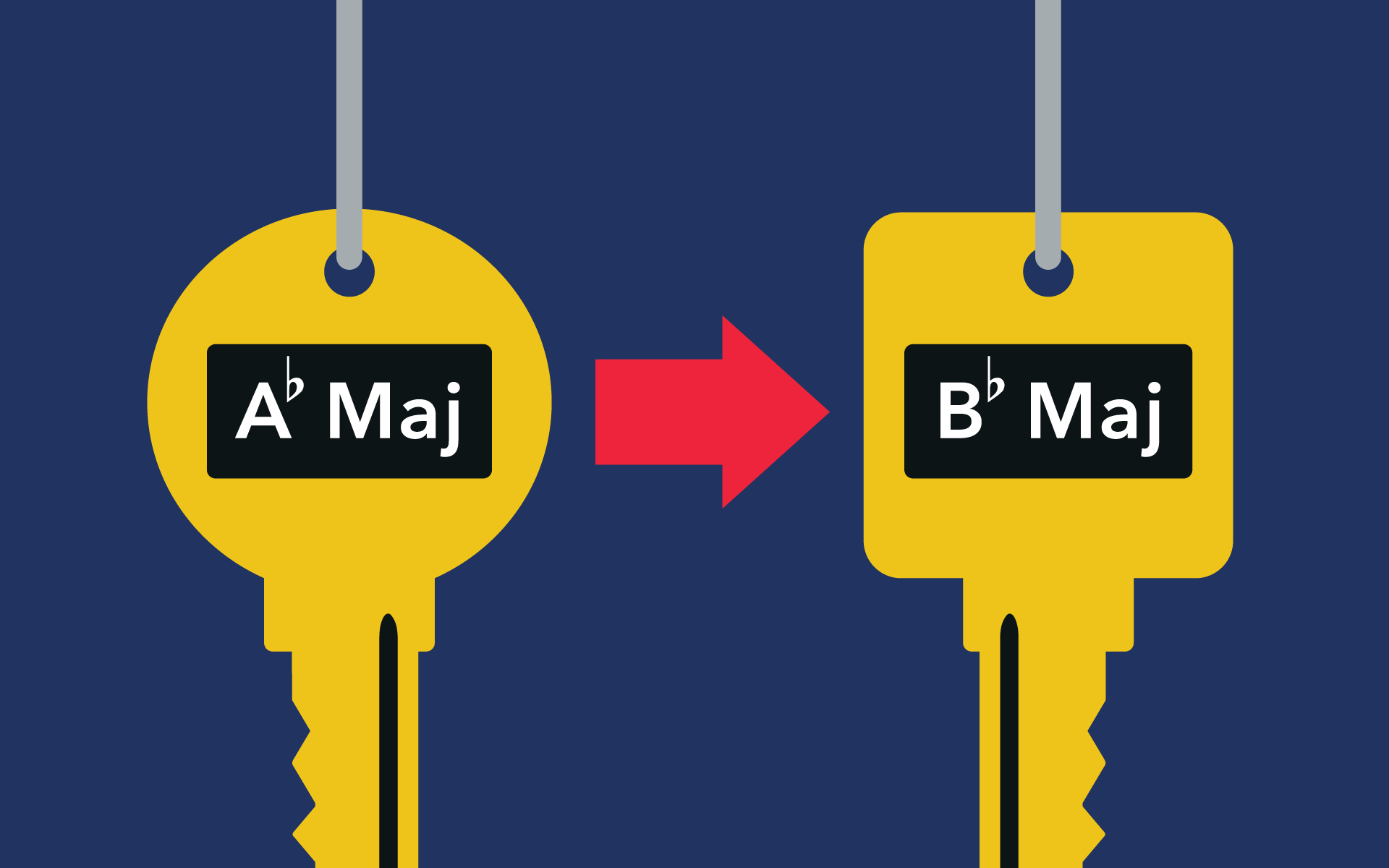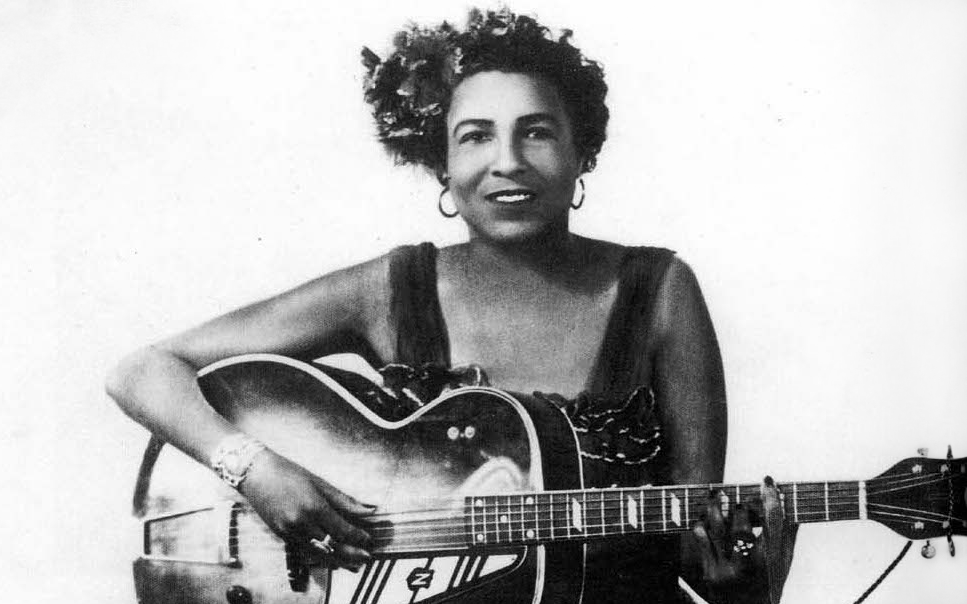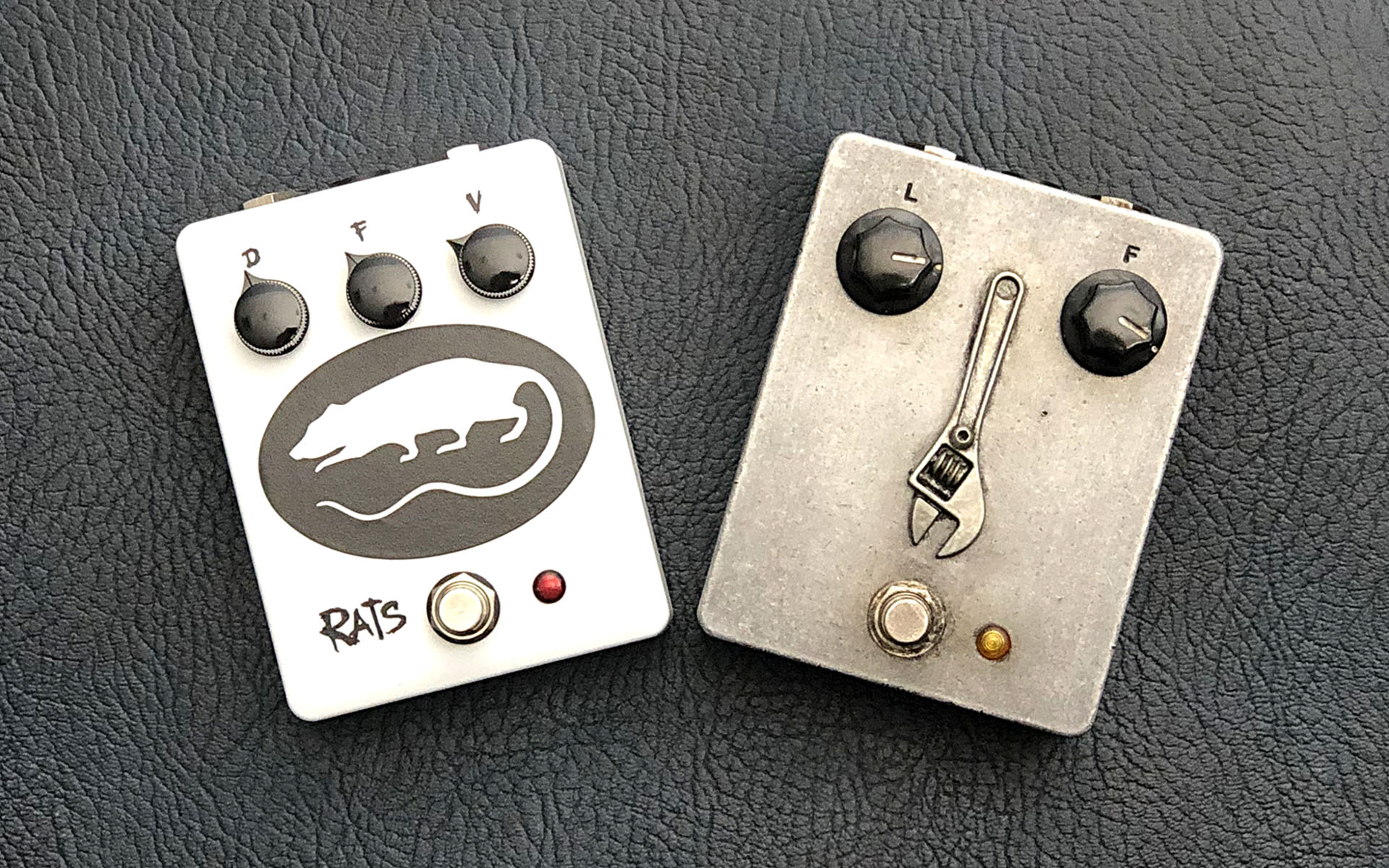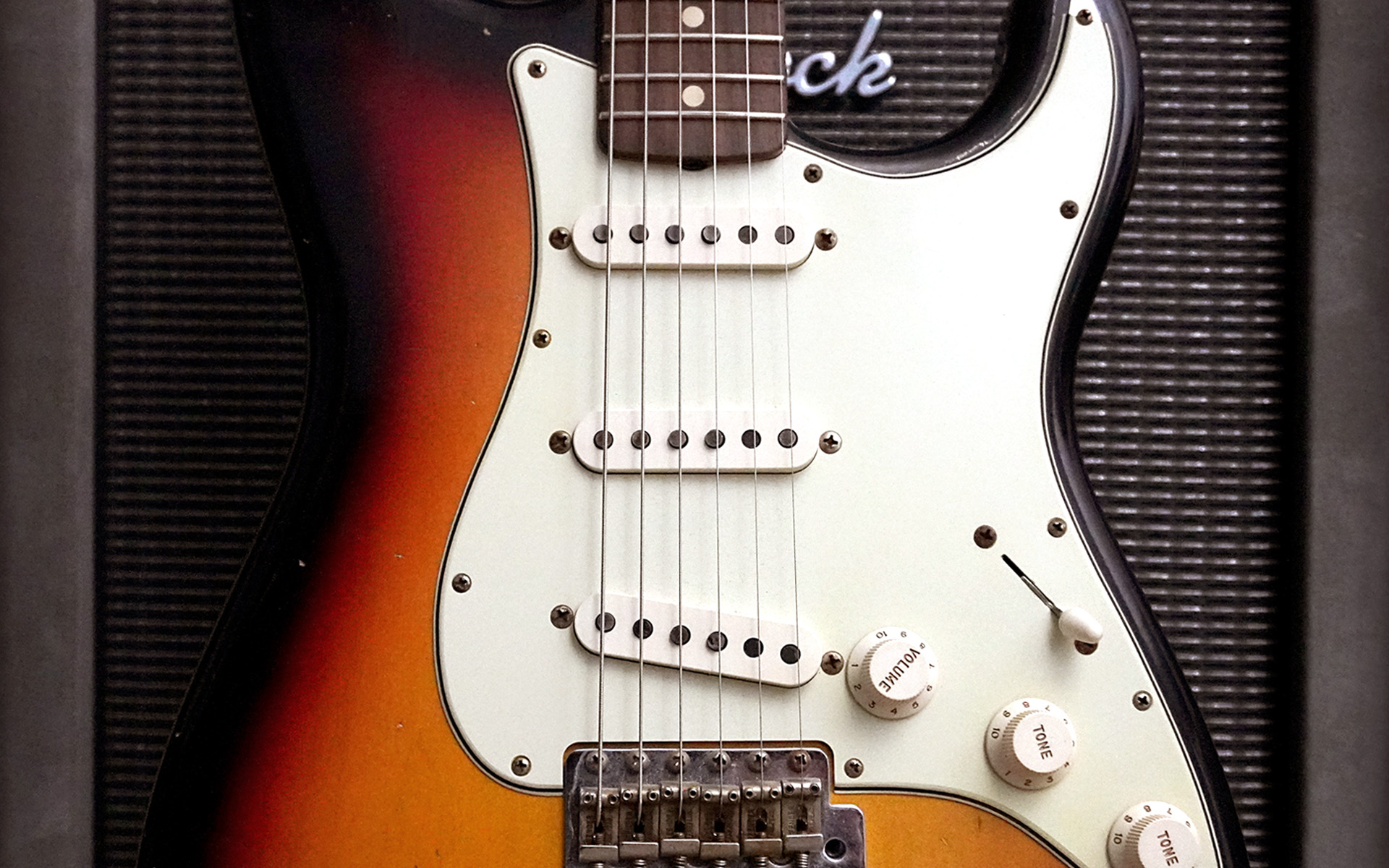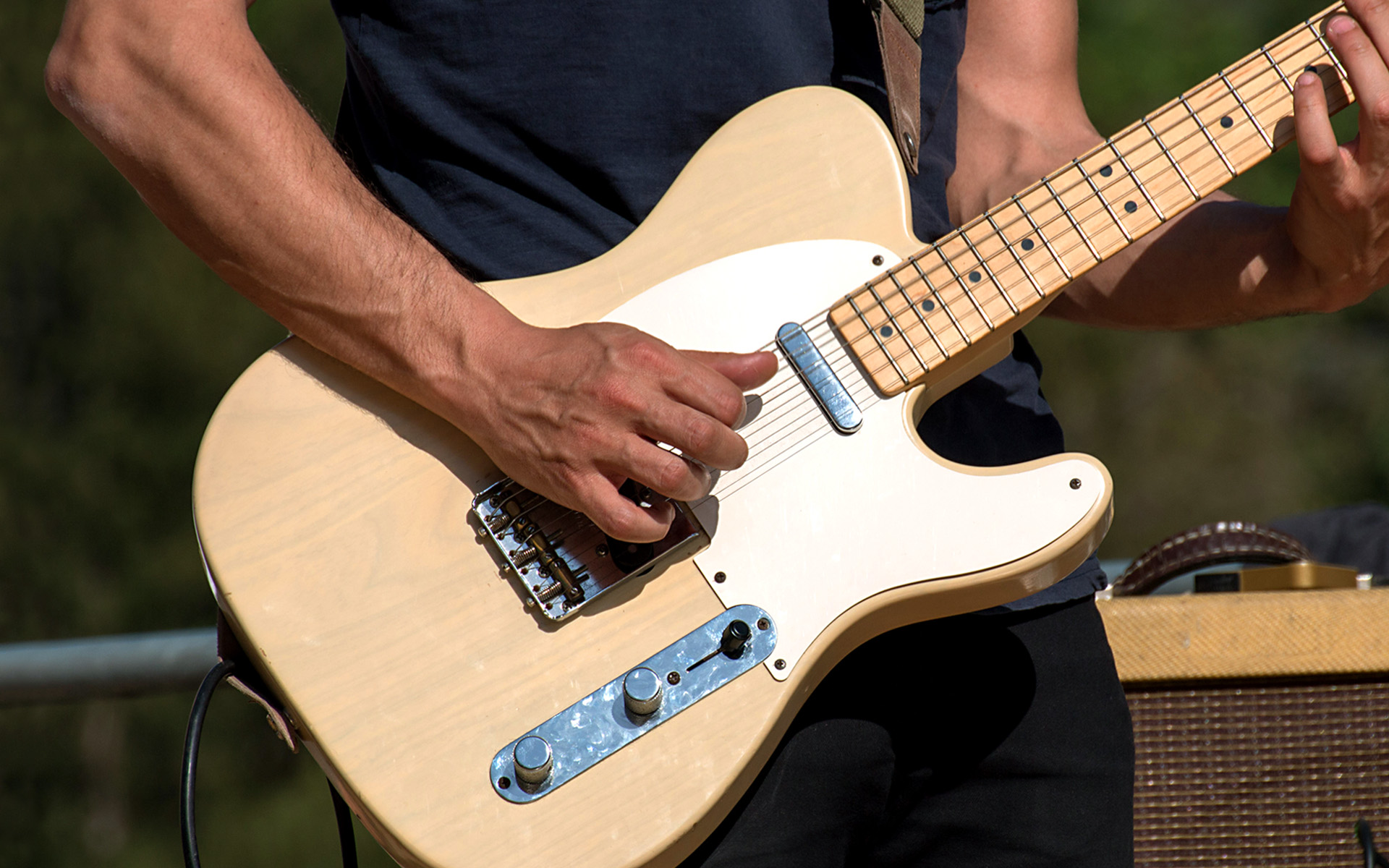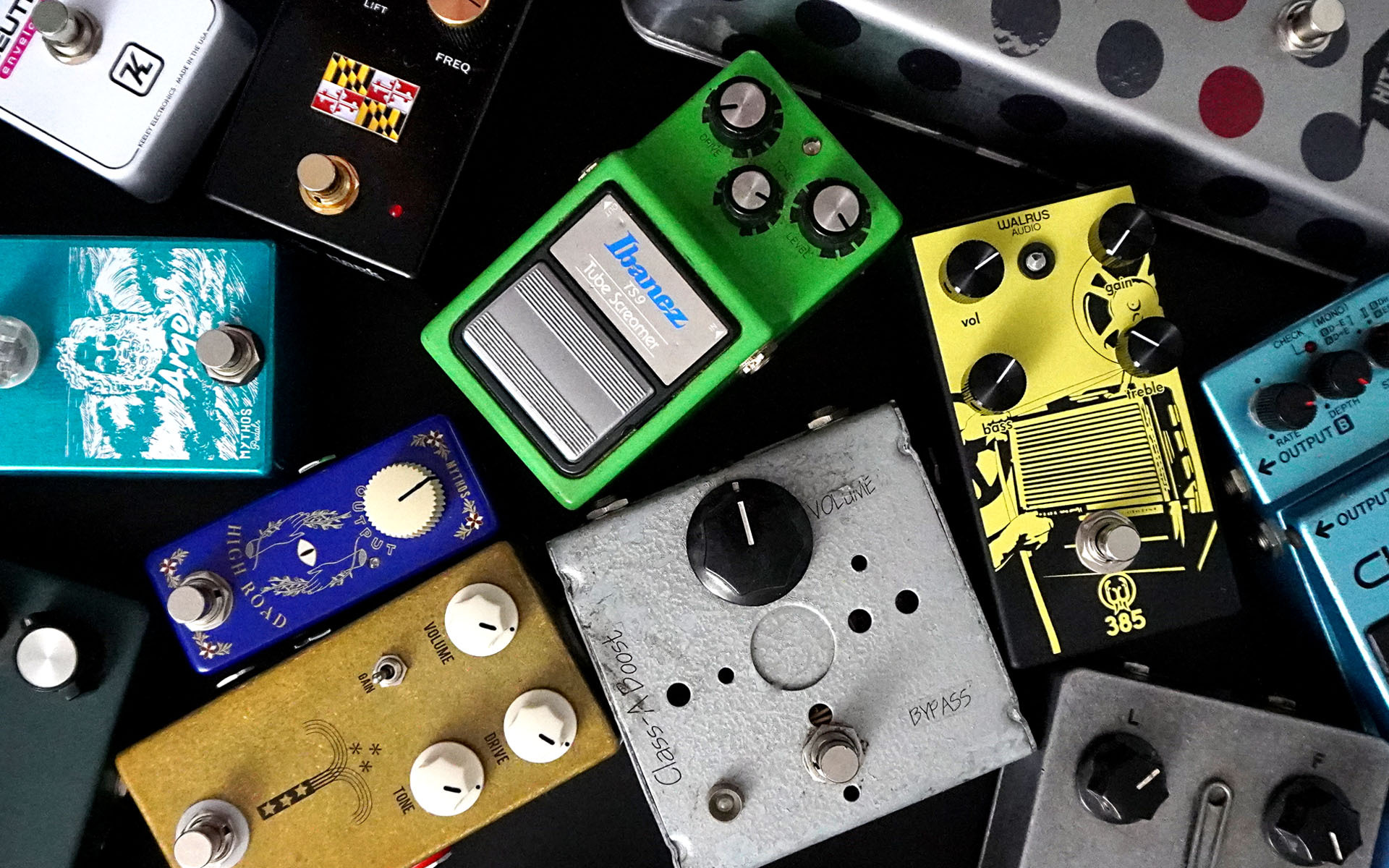This post was excerpted from Rick Peckham‘s Berklee Online class, Guitar Chords 101.
What is a chord inversion?
Chord inversions help to smooth out motion from chord to chord, harmonize melodies, and allow smooth bass motion. On the guitar, use of chord inversions allows the player to be able to play some form of a given chord virtually anywhere on the neck. Inversions are your friend!
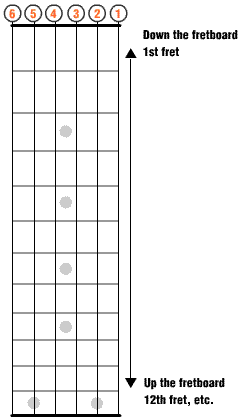
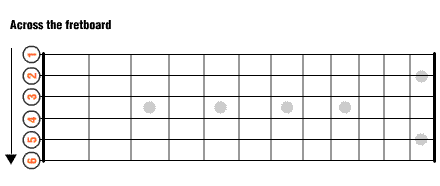
Up the Fretboard and Across the Fretboard
First, a clarification of terms is in order. The following approach should help us to get to more possibilities in the most effective way possible.
We will look at two ways to work on chord inversions on the guitar: up and down the fretboard and across the fretboard.
Up and down the fretboard refers to moving voicings from the lower-numbered frets to the higher-numbered frets (where the higher pitches are).
Across refers to taking the inversions from the higher-pitched strings to the lower-pitched strings.
To invert a chord, move the bottom note up an octave. A root-position C triad is spelled C E G. Moving the C (the bottom note) up an octave yields E G C. A major triad with the 3rd in the bottom is called a triad in first inversion. To get a second inversion triad, move the E up an octave, giving you G C E. A triad with the 5th of the chord in the bass is called a triad in second inversion.
On the top string set 3, 2, 1, root position is playable in third position, first inversion in eighth position, and second inversion in twelfth position.
Exercise 1. Drill and Practice Up the Fretboard
1. Taking the keys of C, F, Bb, and Eb, practice playing all of the inversions of the major triad. Play the following triads for two beats each.
2. Now on 4, 3, 2, run through the major triads in four more keys. Play the following triads alternating between four and two beats each.
Let’s check out the inversions of minor, traveling up the fretboard. Flat the 3rd, and perform C minor triad, first and second inversions on the top string set on 3, 2, 1.
Drill and Practice Up the Fretboard
3. Taking the keys of C, F, Bb, and Eb, practice playing all of the inversions of the minor triad on 3, 2, 1, working your way up and down the fretboard. Pay close attention to the first attack of each inversion. Make the notes ring!
4. Next, try the minor triads in Gmin, Dmin, Amin, and Emin on 4, 3, 2. Strings 4-3-2 typically have a more mellow sound. Watch out for extraneous string noise.
STUDY GUITAR WITH BERKLEE ONLINE






